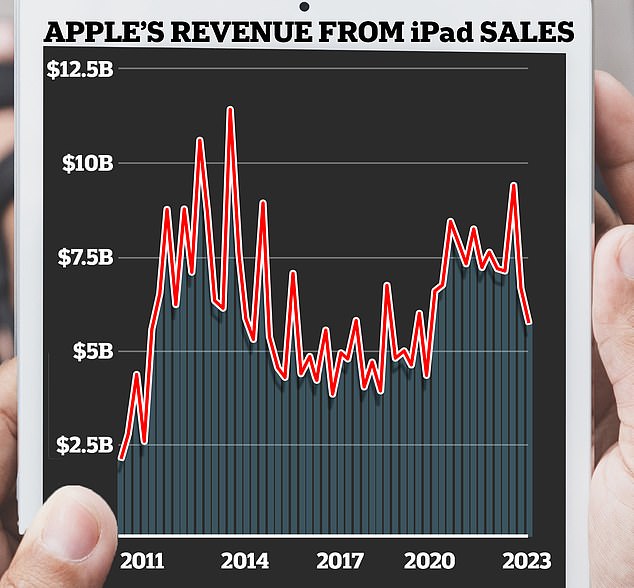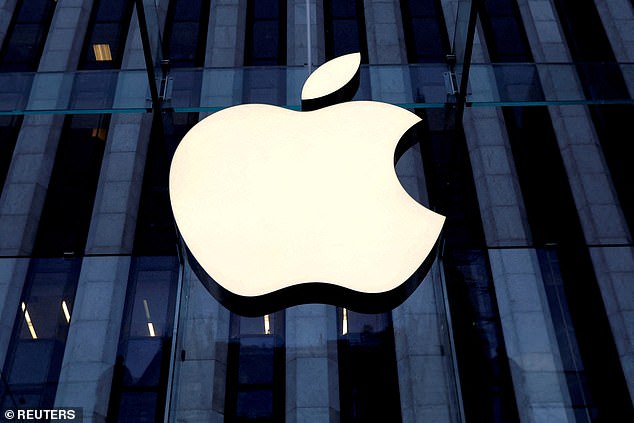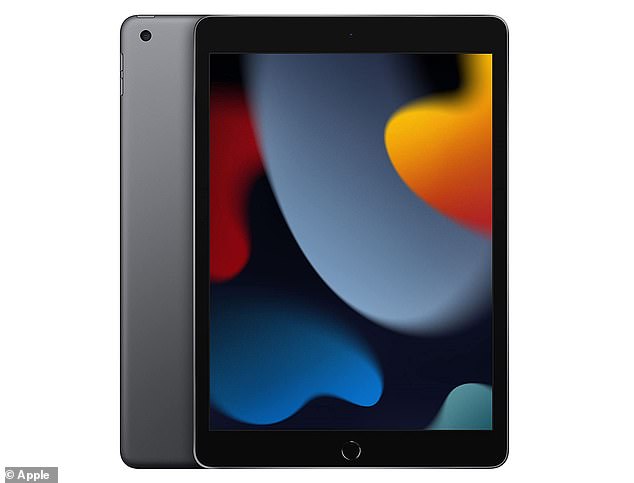The beginning of the end for the iPad? As sales slump by 10%, experts claim Apple’s devices could soon go EXTINCT as consumers ditch their tablets in favour of smartphones
It was billed as a ‘revolutionary device’ when it was first unveiled in 2010.
But Apple’s latest financial results suggest this could be the beginning of the end for the iPad.
While the tech giant raked in a staggering quarterly profit of $23 billion – up 11 percent – this was largely due to surging iPhone sales, which rose 2.8 percent.
In contrast, iPad sales fell 10 percent, marking the fourth straight quarter of declining sales.
So, is the death of the iPad really imminent? MailOnline spoke to experts to find out.
It was heralded as a ‘revolutionary device’ when it was first unveiled in 2010. But Apple’s latest financial results suggest this could be the beginning of the end for the iPad.

While the tech giant raked in a staggering quarterly profit of $23 billion – up 11 percent – this was largely due to surging iPhone sales, which rose 2.8 percent. In contrast, iPad sales fell 10 percent, marking the fourth straight quarter of declining sales
First launched in 2010, the iPad pioneered the tablet market and was described by Apple co-founder Steve Jobs as a “magical and revolutionary device.”
The iPad aimed to fill the gap between smartphones and laptops by offering consumers a new portable option.
At the launch, Jobs said, “iPad creates and defines an entirely new category of devices that will connect users to their apps and content in a much more intimate, intuitive and fun way than ever before.”
The iPad was hugely popular in the years following its launch, generating record sales of $32 billion in 2013 – about a quarter of Apple’s total global sales.
In conversation with MailOnline, Rebecca Crook, Chief Growth Officer at CI&T, said: ‘When it launched, the iPad established itself as the accessible go-to tablet for consumers.”
However, this was a time when smartphones were not nearly as advanced as they are today.
“Today, smartphones have much larger screens and can be used for content consumption,” Ms Crook explains.

First launched in 2010, the iPad pioneered the tablet market and was described by Apple co-founder Steve Jobs as a ‘magical and revolutionary device’
‘In addition, iPads do not yet support many apps, so you still need your phone, and they are not yet ready to replace laptops.
‘Even for reading books, there are much lighter, easier and above all cheaper alternatives on the market, such as the Amazon Kindle.’
Ms Crook claims the iPad needs a ‘total overhaul’ to win back consumers.
“Unless Apple does a total overhaul and goes back to basics and why consumers need an iPad when their phones can do everything, I predict iPad sales in the marketplace will continue to decline,” she added.
Why exactly are consumers choosing not to buy iPads?
According to Paolo Pescatore, founder of PP Foresight, there are “many factors” to take into account.
‘There are too many factors to take into account, including seasonality, people being more dependent on smartphones than smartphones, the challenging macroeconomic environment and the cost of living crisis,’ he told MailOnline.
‘People are now more wary of their disposable income and are keeping devices for longer and also giving them to other members of the family.’
As we’ve seen with many consumer electronics products, the price of the iPad has risen dramatically in the thirteen years since its launch, especially in the UK.
For example, in Britain the 12.9-inch M2 iPad Pro costs £1,249 for a Wi-Fi model with 128GB of storage. In the US it costs $1,099.

The iPad aimed to fill the gap between smartphones and laptops by offering consumers a new portable option.
Meanwhile, the now-discontinued 12.9-inch M1 iPad Pro also cost $1,099 in the US, while in Britain it cost £999.
That’s an increase of £250 over the previous model for UK buyers.
Despite these rising prices, Dr. ElectronRx CEO Bipin Patel says the iPad ‘offers nothing new’, claiming Apple has become ‘complacent’.
‘Apple has achieved its incredible success through technological innovation,’ Dr Patel told MailOnline.
“They have delivered technology with the ‘wow’ factor that mobile phone and tablet users could only dream of.
‘The recent decline in iPad sales could be due to a decline in innovation. The iPad offers nothing new to the user.
“Apple has become complacent and has left the door open for other manufacturers to take the lead in product and technology innovation.”
Dr. Patel agreed with Ms Crook’s claims that a massive update is needed to lure customers back in.
“If they don’t refocus their efforts on innovation, we could see further sales declines in the future,” he added.



